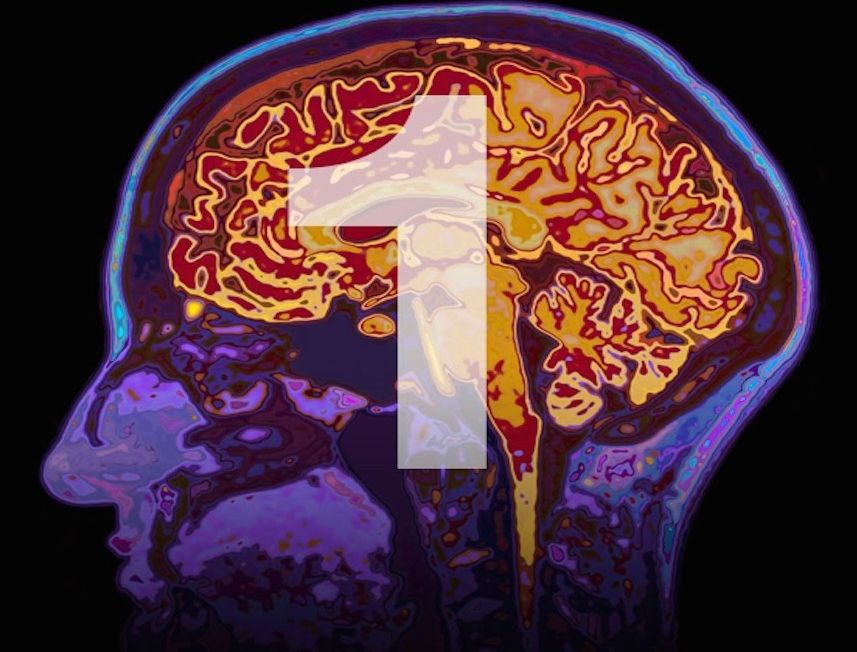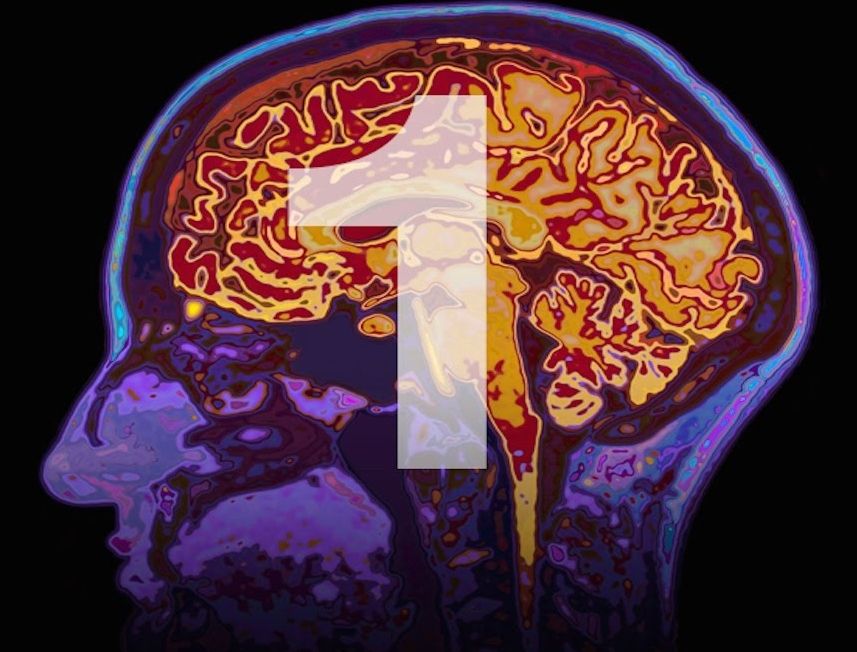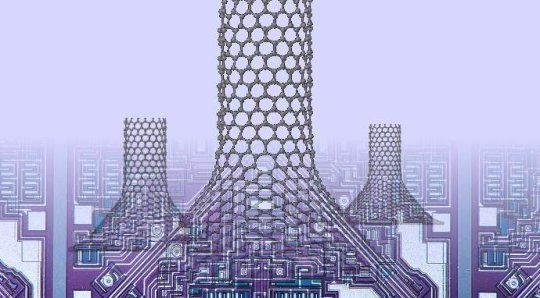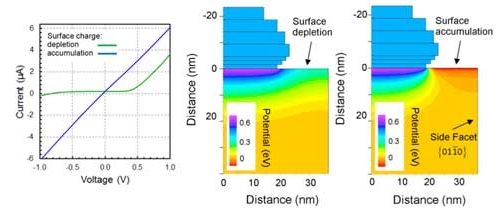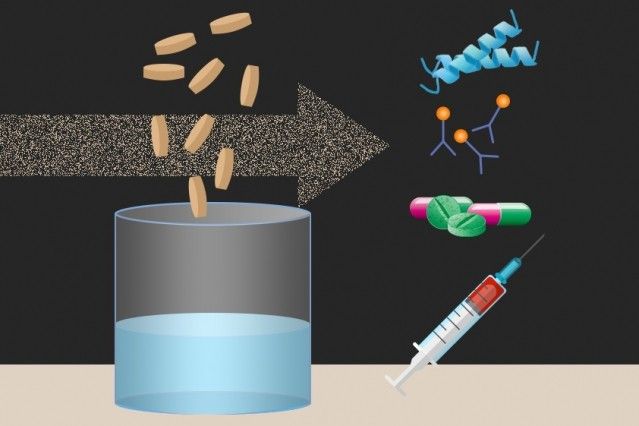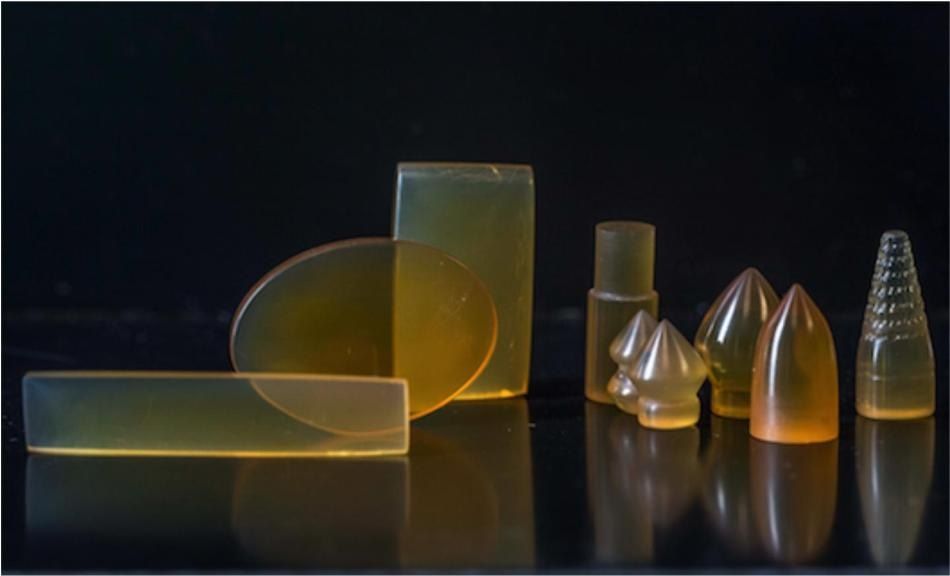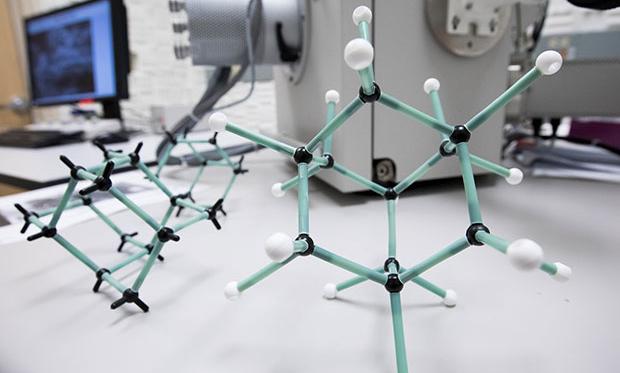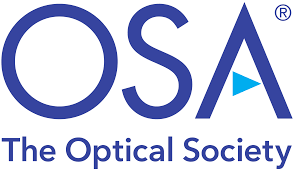https://youtube.com/watch?v=DnYUNQVcVnI
I like this article as it highlights some of the major discoveries made in 2016 that will launch many areas forward in 2017.
IBM is taking steps to make the world a better place.
The company has unveiled its annual ‘Five in Five’ list today, which lays out some of the most important and groundbreaking scientific innovations that, in the next five years, could have the potential to drastically alter the way people work, live and interact.
This year’s overarching theme is “making the invisible visible,” with IBM highlighting artificial intelligence (AI), hyperimaging, macroscopes, chip technology, and smart sensors as technologies that could have a big impact on life as we know it.
